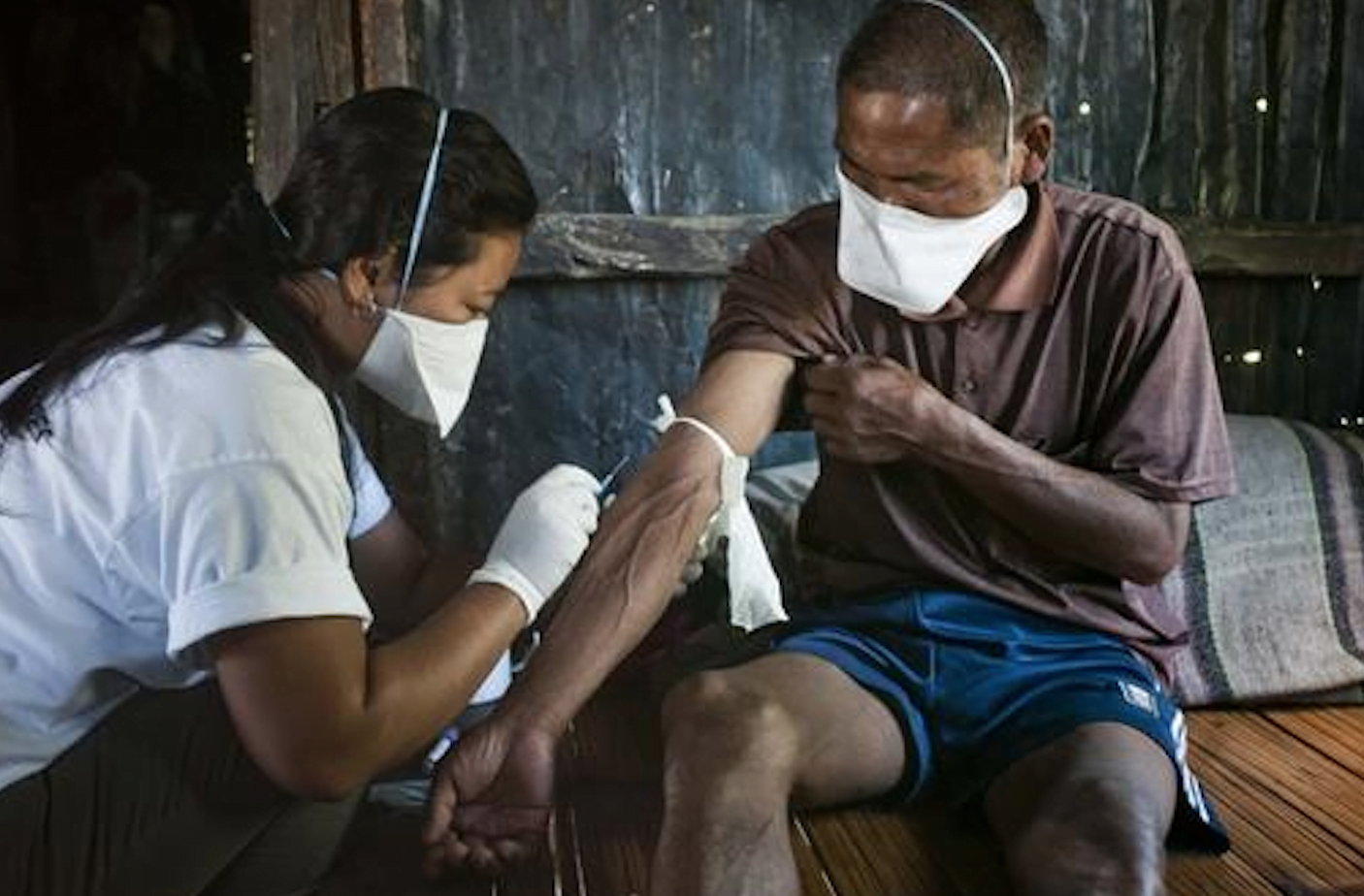Tuberculosis is on the decline worldwide. That’s the good news! The bad news is that TB remains endemic in scores of countries around the world and sickens millions each year. The international community is going to need to make a huge push in the next 15 years to achieve the Sustainable Development Goal of eliminating TB by 2030
At an international meeting in Cape Town last week,The 46th World Conference on Lung Health , global health watchers got a sneak peak into how the WHO and partners plan to meet this goal.
The WHO reports that while TB deaths have nearly halved since 1990, but 4,400 people are still dying every day from disease; 1.5 million people, worldwide, died from TB in 2014. As conveyed last week in Cape Town, that’s 1.5 million, too many, given that TB is preventable and curable.
Consistent with the October 2015 release of WHO’s Global Tuberculosis Report , the convening in Cape Town reinforced that, in order to complete the job, a paradigm shift from reducing TB to ending TB will be necessary, and laid out the prescription:
“Unmask” Stigmatization
One of the applicable lessons from HIV- the disease currently ranking alongside TB in preventable and curable killers- is that stigma is a roadblock along the continuum of detection, treatment, and prevention. Juliet Vivien Nalumu is an HIV-positive mother in Uganda and a “mentor mother” with mothers2mothers. She shared her story at the conference about being HIV-positive and pregnant; the stigmatization was one of the largest contributing factors in the delay of her treatment and preventing the HIV transmission to her twin babies. The misperceptions and misconceptions of a disease can quite literally have lethal effects in creating a gap between detection and treatment.
The same can be said of TB. “There is a misconception around the mask”, exclaimed president of The International Union Against Tuberculosis and Lung Disease, José Luis Castro, as he spearheaded the #UnMasktheStigma campaign, both at the conference and on the Twittersphere. “Behind the mask (referring to protective face masks required for TB patients), we are all the same”; a highly promoted theme by The Union and the global TB community. The gap between stigma and interruption of disease detection and management remains a public health crisis. According to WHO’s report, in 2014, of the 9.6 million who fell ill with TB, 6 million (62.5%) actually reported it. The report went on to find that worldwide, more than a third (37.5%) of TB cases in 2014 went undiagnosed or were not reported.
(The danger of not reporting data is that in the absence of this critical information, government officials and public health agencies cannot have any longitudinal or trending analyses, and cannot make informed decisions on prioritizing and distributing resources; something The Union North America and Bloomberg Philanthropies Data For Health Initiative is working to address)
More Tobacco Taxes
You guessed it: One of the primary themes and commonalities across the TB dialogue is that we must grow and maximize the resources available and close the funding shortfalls. In order to close the diagnostic and treatment gap, sufficient funding will need to made available by all WHO Member States. Last week’s meetings in Cape Town proposed a solution that’s been a top contender among solution finders: tobacco product taxation. The proposed solution would impose an excise tax on tobacco products and, subsequently, use the funds to finance health research and access to treatment. The current proposed models present a significant step in the marrying of two concurrent goals: addressing risk behaviors in lung health (smoking cessation) and earmarking the tax funds to achieve TB and broader lung health measures; a simple idea that appears to be a win/win strategy for both fiscal health and public health.
According to the World Health Organization funding shortfalls amounted to $ US 1.4billion of the US $8billion needed to efficaciously implement full-scale interventions. In order to meet TB elimination goals, science will need to be heavily funded. Specifically, we’re talking extremely advanced research into new diagnostics, drugs and vaccines (especially for those MDR-TB), as well as facility resources, and community health channels. In order to accomplish this, an annual funding gap of at least US$ 1.3billion is needed, according to the WHO TB report).
The “End TB Strategy”- adopted by all WHO Member States- serves as a roadmap to “reduce TB incidence by 80% and TB deaths by 90%, and to eliminate catastrophic costs for TB by 2030”. Completely eradicating TB (adopted as one of the Sustainable Development Goals), is nearly within reach, but in the hopes of it not being evasive, cooperation will be needed to see this last leg through to fruition.
WHO Director-General, Margaret Chan, stated that “The report shows that TB control has had a tremendous impact in terms of lives saved and patients cured. These advances are heartening, but if the world is to end this epidemic, it needs to scale-up services and critically invest in research.
Be Cautiously Optimistic
So, yes, let us celebrate the achievements that have been made in reducing TB mortalities, but not forget about the work that still needs attention to achieve total eradication. “Despite the gains, the progress made against TB is far from sufficient”, Dr. Chan warns.
Mr. Castro reminded audiences last week in Cape Town that “Know, Share, Act” should be an over-arching reminder to the ending-TB approach. The paradigm shift to ending TB calls for larger-than-ever- and significantly more unified- commitment to eliminating the disease.
So reset your stopwatches to 2030 and to the 61st World Conference on Lung Health (Date and Location TBA).
